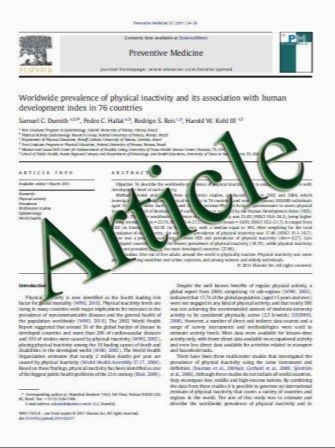Clinical analysis of thoracic ossified ligamentum flavum without ventral compressive lesion
- نوع فایل : کتاب
- زبان : انگلیسی
- مؤلف : Sang Hoon Yoon • Wook Ha Kim • Sang-Bong Chung • Yong Jun Jin • Kun Woo Park • Joon Woo Lee • Sang-Ki Chung • Ki-jeong Kim • Jin S. Yeom • Tae-Ahn Jah
- چاپ و سال / کشور: 2010
Description
The aim of this study was to analyze the clinical characteristics of thoracic ossified ligamentum flavum (OLF) and to elucidate prognostic factors as well as effective surgical treatment modality. The authors analyzed 106 thoracic OLF cases retrospectively from January 1999 to December 2008. The operative (n = 40) and the nonoperative group (n = 66) were diagnosed by magnetic resonance imaging (MRI) and/or computed tomography (CT) imaging. We excluded cases exhibiting ventral compressive lesions causing subarachnoid space effacement in thoracic vertebrae as well as those with a coexisting cervical compressive myelopathy. Those in the operative group were treated with decompressive laminectomy as well as resection of OLF. The preoperative neurologic status and postoperative outcomes of patients, as indicated by their modified Japanese Orthopedic Association (mJOA) scores and recovery rate (RR), Modic changes, the axial (fused or non-fused) and sagittal (omega or beak) configurations of OLF, and the ratios of the crosssectional area (CSA) and anteroposterior diameter (APD) of the most compressed level were studied. The most commonly affected segment was the T10–11 vertebral body level (n = 49, 27.1%) and the least affected segment was the T7–8 level (n = 1, 0.6%). The ratios of the CSA in non-fused and fused types were 77.3 and 59.3% (p\0.001). When Modic changes were present with OLF, initial mJOA score was found to be significantly lower than those without Modic change (7.62 vs. 9.09, p = 0.033). Neurological status improved after decompressive laminectomy without fusion (preoperative vs. last mJOA; 7.1 ± 2.01 vs. 8.57 ± 1.91, p\0.001). However, one patient exhibited transient deterioration of her neurological status after surgery. In the axial configuration, fused-type OLF revealed a significant risk for a decreased postoperative mJOA score (0–7, severe and moderate) (Odds ratio: 5.54, v2 = 4.41, p = 0.036, 95% CI: 1.014–30.256). The results indicated that the new categorization of axial-type of OLF is a helpful predictor of postoperative patient outcome and fused type was related with poor prognosis. In OLF cases free from ventral lesions compressing the spinal cord, decompressive laminectomy is enough for successful surgical outcome. Therefore, early surgical treatment will be considered in cases with fused-type OLF compressing
Eur Spine J (2011) 20:216–223 DOI 10.1007/s00586-010-1515-6 Received: 24 December 2009 / Revised: 19 May 2010 / Accepted: 1 July 2010 / Published online: 14 July 2010


